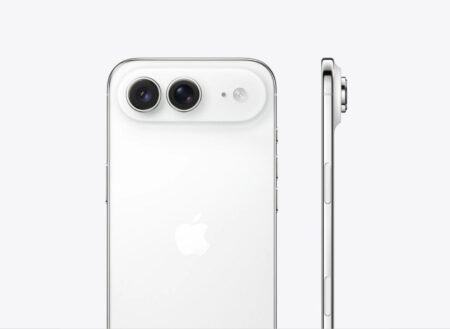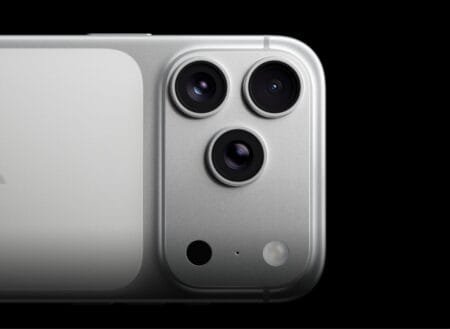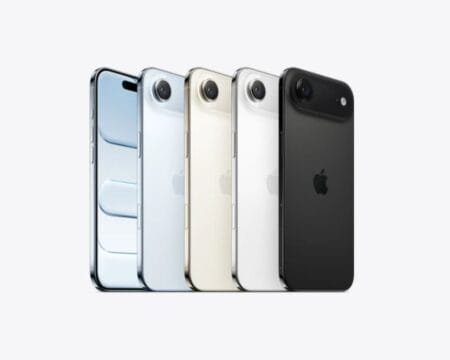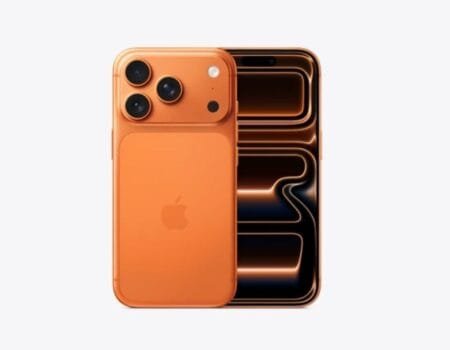What we know so far!
Apple has been a pioneer in AI technology since it introduced the Neural Engine in its iPhone chipsets in 2017. This hardware component is responsible for powering various AI-related tasks on the device, such as face recognition, natural language processing, and augmented reality. But according to a new report, Apple is planning to take its AI capabilities to the next level with the upcoming iPhone 16 series.
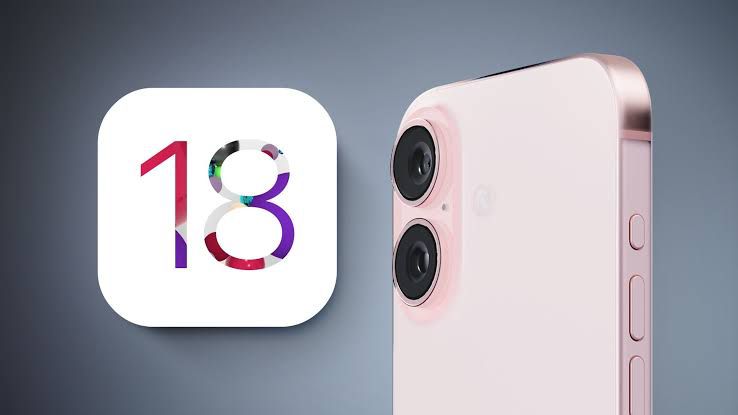
A Big Boost for the Neural Engine
The report, which comes from Taiwan’s Economic Daily (via Apple Insider), claims that Apple will “significantly increase the number of built-in AI computing cores” in the A18 chipset and M4 processor, which are expected to power the iPhone 16 and the next-generation Macs, respectively. This implies that the Neural Engine, which is composed of these AI cores, will get a major upgrade in terms of performance and efficiency.
The report does not specify how many AI cores will be added to the new chips, but it suggests that they will be able to handle more complex and demanding AI tasks than before. For comparison, the current A15 chipset, which powers the iPhone 15 series, has a 16-core Neural Engine tyhat can perform up to 15.8 trillion operations per second.
What Does This Mean for Generative AI?
One of the possible applications of this enhanced AI hardware is generative AI, which is a branch of AI that can create new content or data based on existing inputs. For example, generative AI can produce realistic images, sounds, texts, or videos from scratch or by modifying existing ones.
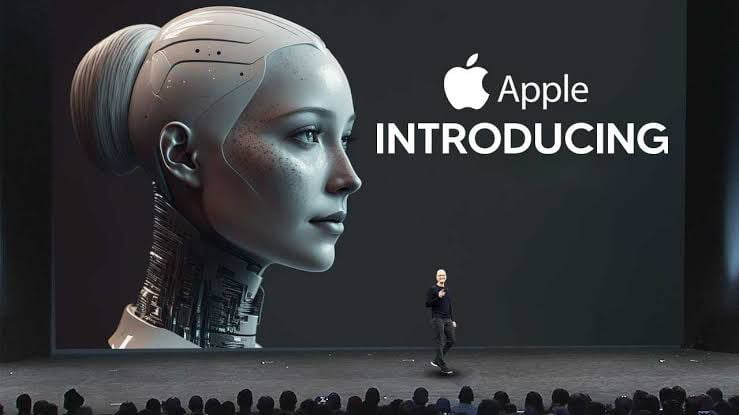
Apple has already shown some interest in generative AI, as evidenced by the iOS 18 leaks that point to some AI-related features coming to the new operating system. Moreover, Apple CEO Tim Cook has also hinted at some generative AI features that will be unveiled later this year, such as prompt-based photo editing, which could allow users to edit their photos by simply typing what they want to change.
Other potential generative AI features that Apple could introduce with the iPhone 16 series include:
- A much-improved Siri that can generate more natural and conversational responses, as well as perform more tasks and actions.
- Generative image editing tools that can erase unwanted objects, fill in missing details, or enhance the quality of photos and videos.
- Text or document summarization tools that can condense long texts into shorter and simpler summaries.
- Image expansion tools that can enlarge low-resolution images without losing quality or detail.
- Live call translation tools that can translate speech or text in real-time during phone calls or video chats.
These are just some of the possible examples of generative AI that Apple could leverage with its upgraded AI hardware. Of course, Apple is not the only company that is working on generative AI, as we have seen Android OEMs offering similar features on their devices. However, Apple has the advantage of having a tight integration between its hardware and software, which could give it an edge in terms of performance and user experience.
What About Older iPhones?
While the iPhone 16 series and its AI chip could bring some exciting new features to the table, we also wonder what this means for older iPhones that do not have the same level of AI hardware. Will they be able to enjoy some of these features, or will they be left behind?
We can only speculate at this point, but we think that some of the generative AI features might be exclusive to the iPhone 16 series, or at least require a minimum hardware requirement. This is because generative AI is a computationally intensive process that might not run smoothly or efficiently on older devices. Alternatively, Apple might offer some of these features as cloud-based services that can run on any device, but this might compromise the privacy and security of the users’ data.
We will have to wait and see how Apple handles this issue, but we hope that it will find a way to balance the innovation and accessibility of its generative AI features. After all, Apple has a reputation for supporting its older devices with software updates for a long time, so we hope that it will not abandon them when it comes to AI.
iPhone 16 Design
The iPhone 16 is anticipated to bring some interesting changes in its design. Rumors suggest that the iPhone 16 Pro models might feature larger screens, possibly 6.3 inches for the iPhone 16 Pro and 6.9 inches for the iPhone 16 Pro Max. The non-Pro models are expected to have a new camera setup with cameras aligned vertically and new unified volume buttons. Additionally, an action button might be introduced for enhanced functionality. Another significant design change could be the slimming of bezels. Apple is reportedly working on using Border Reduction Structure (BRS) technology to achieve even thinner bezels on the iPhone 16.

However, it’s worth noting that these design changes are not dramatically different from previous models. The vertical camera alignment is a familiar change, and the slimmer bezels, while aesthetically pleasing, may not significantly alter the user experience. Over the years, Apple has made incremental changes to its iPhone design rather than dramatic shifts, focusing on refining functionality rather than purely aesthetics. The iPhone 16 design, therefore, seems to continue this trend of subtle refinement and perfection of existing features.
iPhone 16 camera innovations
The iPhone 16, expected to be released later this year, is rumored to have a host of camera innovations that could potentially make it a game-changer in the smartphone photography arena. One of the most talked-about features is the introduction of a new physical camera button. This button, designed specifically for photographers, will act as a camera shutter with multiple levels of sensitivity allowing for a half press for focusing and a full press for taking an image. Rumors also suggest the button will recognize swipe gestures, allowing users to zoom in or out.
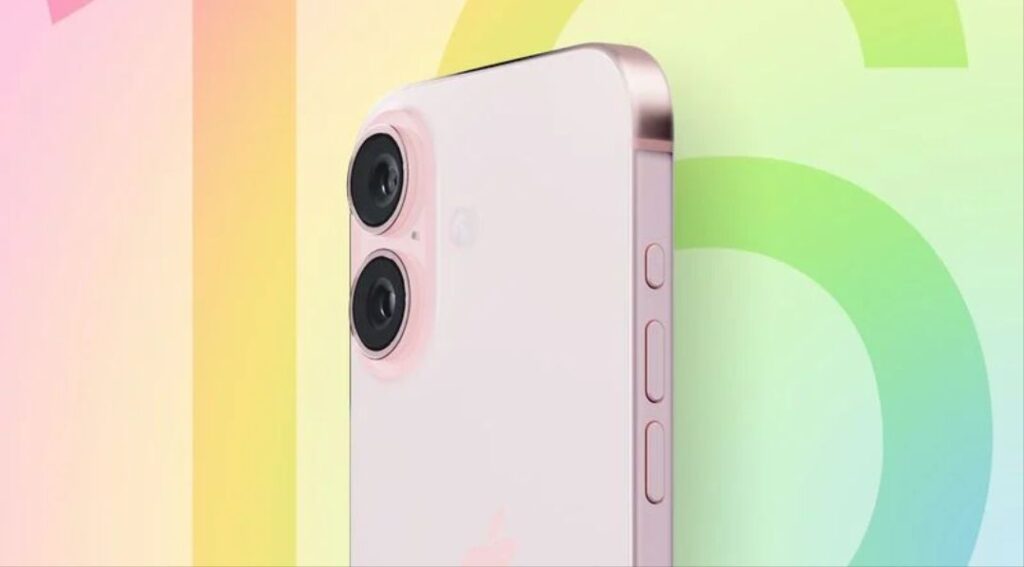
Another significant upgrade is expected in the zoom capabilities of the iPhone 16 Pro models. According to Apple analyst Ming Chi Kuo, the base iPhone 16 Pro will be equipped with a 5x optical zoom lens, a feature previously only available on the larger iPhone 15 Pro Max. There are also rumors of a “super telephoto” lens offering zoom levels beyond the current 5x range for the iPhone 16 Pro Max model. This would be a welcome addition for sports or wildlife photographers who rely on long zoom levels.
The iPhone 16 Pro’s main camera could potentially have a larger image sensor, which would allow it to capture more light and image information, resulting in better details, dynamic range, and improved low-light performance. This would make it competitive with phones like the Xiaomi 14 Ultra, which already use larger image sensors. Furthermore, the iPhone 16 Pro and Pro Max models’ ultrawide cameras are expected to get a significant resolution bump up to 48 megapixels. The base iPhone 16 and 16 Plus models are rumored to have a vertical camera layout, which would enable the phones to more easily shoot spatial video, creating a 3D-like effect.
Apple A-series chip capabilities
The iPhone 16 is expected to feature a new A-series chip that will bring significant improvements in performance and AI capabilities. The A18 Pro chip, rumored to be used in the iPhone 16 Pro models, is being refined to enhance on-device AI capabilities. It is expected to have a larger die area, accommodating more transistors and specialized components for improved AI performance.
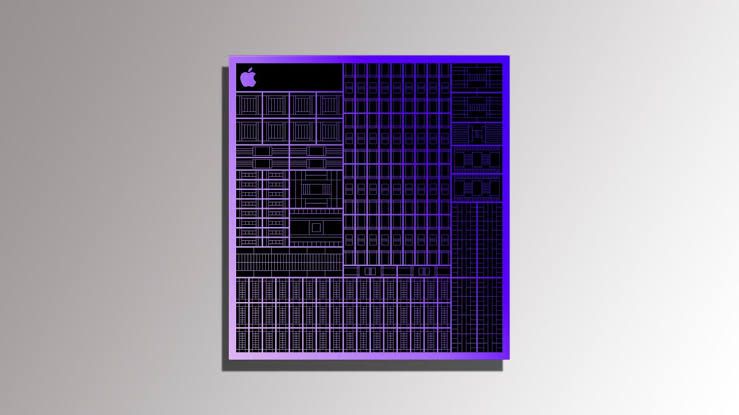
In terms of performance, the A18 Pro chip is expected to deliver faster speeds and better efficiency compared to its predecessor, the A17 Pro chip used in the iPhone 15 Pro. The exact details and features of the A18 Pro chip are yet to be revealed, but it is anticipated to provide a significant boost in processing power and enable advanced AI functionalities.
Additionally, there are reports that the standard iPhone 16 models will feature a cut-down version of the A17 Pro chip or a rebranded version called A18. While the specifics of the chip’s capabilities are still unknown, it is expected to offer impressive performance and power efficiency, providing an enhanced user experience across the entire iPhone 16 lineup.
Battery Performance
The iPhone 16 is expected to feature new battery technology that promises extended battery life and enhanced performance. Apple is rumored to incorporate stacked battery technology, derived from electric vehicles, into the iPhone 16 models. This technology offers improved battery life, increased longevity, and faster charging capabilities compared to standard batteries. Additionally, there are speculations about the possibility of Apple introducing 40W wired charging and 20W MagSafe wireless charging for the iPhone 16 lineup.
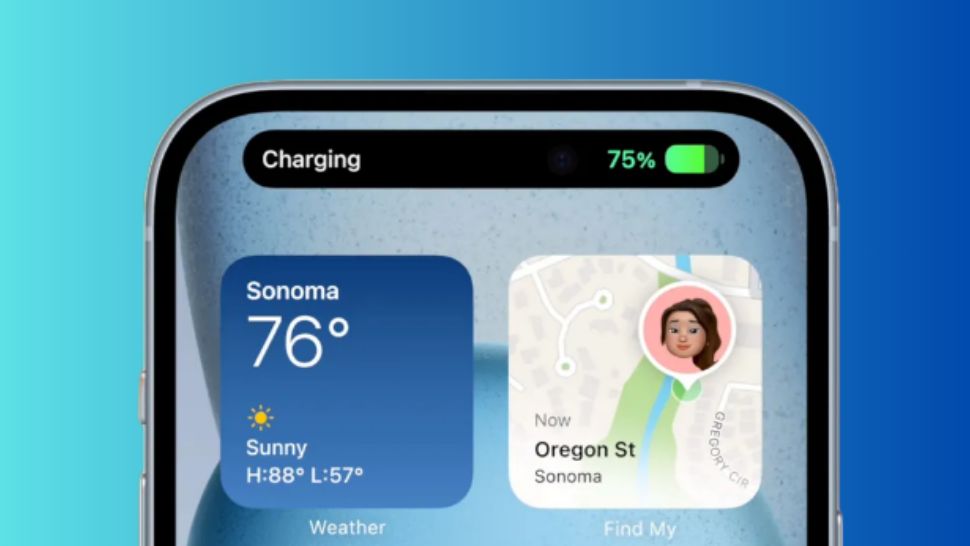
Furthermore, the iPhone 16 might come with a brighter screen and better battery life. Apple is reportedly considering adding micro-lens arrays to the OLED panels used in its smartphone screens. These micro-lens arrays can increase the perceived brightness of the screen when viewed front-on and reduce power consumption, potentially leading to longer battery life. However, this upgrade may also result in a narrower field of view when viewing the screen from the side. It remains to be seen if Apple will incorporate this technology into the iPhone 16 models.
Read: iPhone 16 rumors: Battery
iPhone 16 Release Date

Apple has officially announced that the iPhone 16 series will launch on Monday, September 16, 2024. This confirmation follows Apple’s typical pattern of releasing new iPhones in September, with the launch date usually occurring about ten days after the official announcement and always on a Friday, setting the stage for a crucial launch weekend.
To stay informed about the latest tech news and gadget reviews in the Philippines, we encourage you to follow and subscribe to WazzupTechPH. You can also connect with us through our official social media accounts. Sharing this news article helps support our ongoing efforts in providing timely and informative reports.
Discover more from wazzuptechph
Subscribe to get the latest posts sent to your email.


